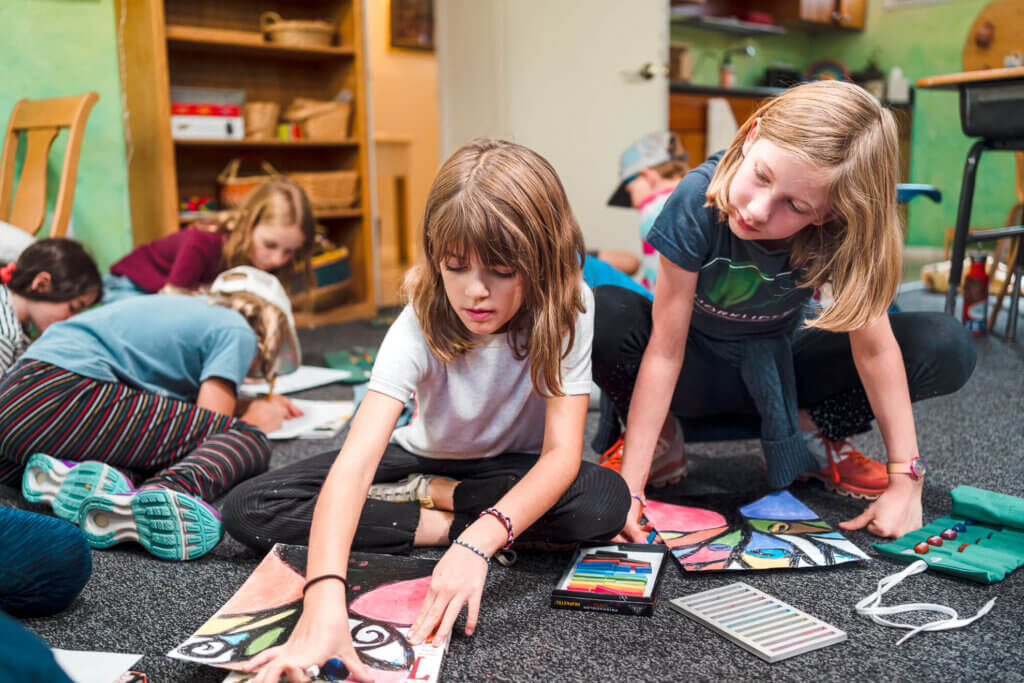Technology is merely a symptom. The problem is the romantic corruption of imagination, and the solution lies in classic books and art.
Wall Street Journal | Opinion
Written by Emily Finley. Ms. Finley is a senior fellow at the Albertus Magnus Institute and an instructor at Pepperdine University

Updated
In “The Coddling of the American Mind,” Greg Lukianoff and Jonathan Haidt identify a culture of “safetyism” that made young people less resilient and more anxiety-prone. Mr. Haidt’s latest book, “The Anxious Generation,” claims that the widespread use of technology and social media is “rewriting” childhood, causing a mental-health crisis.
These authors correctly note that we have a cultural problem exacerbated by the overuse of technology, but I believe that there is much more to it. Technology addiction and parental coddling aren’t the causes of mental-health problems in young people, but rather symptoms.
The real problem is the romantic corruption of imagination. Imagination is far more powerful than logic or reason. It colors our entire view of life and life’s possibilities. A well-formed imagination—one properly adjusted to reality—can adapt to life’s vicissitudes and see life steady and see it whole.
A malformed imagination is romantic. It is unbalanced and lacks proportion. It is oriented by an unrealistic, even utopian, vision of progress and a world altogether changed through human effort. This dreamy vision of a New Earth is made possible by the belief that “man is a naturally good being,” as the archromantic Jean-Jacques Rousseau declared in the 18th century. We must clear away the traditional religious and social norms hindering prosperity and instead heed the “cry of nature,” Rousseau argued.
Although Rousseau abandoned his own five children in Paris’s foundling homes, he fathered generations of romantics. The worldview he helped create has played no small part in today’s mental-health crisis. He himself teetered on the edge of insanity.
Having been told romantic tales from birth about their natural perfection and endless potential, young people can hardly be blamed for their unrealistic expectations. The modern childhood education is one great building up of the idea that, without any special effort, every child is going to be something extraordinary, and with their help, the world will be a better place. This is the romantic imagination’s manic side.
As these young people discover that they are, in fact, nothing very special, and that the world doesn’t appear to be improving despite their political crusading, they enter a period of melancholic despair. This is the romantic imagination’s depressive side.
Without religious beliefs, traditions or standards to connect them with permanent things, young people feel tremendous anxiety about who they are and how they should find meaning. They have read no good literature or history that would furnish their imaginations with examples of heroism, or even ordinary men and women overcoming the ordinary challenges of life. They have seen no movies that illustrate real beauty, heard no music that draws them upward, and seen no art that stirs in them a sense of the transcendent. For them, modernity is—to borrow a term from T.S. Eliot—a wasteland.
What is needed is an immediate and total detox of the imagination. Instead of romantic lies and technological distractions, children must be nourished on works of imagination that provide concrete standards of what is worthy.
